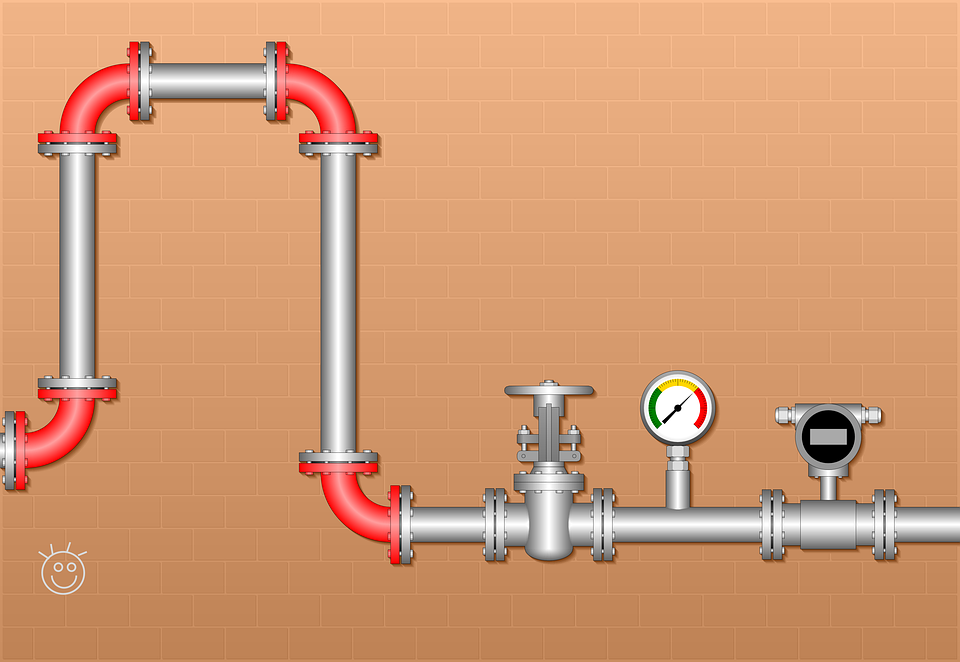In the realm of web development, efficiency and readability often dictate the success of an application. Laravel, a prominent PHP framework, provides a powerful tool for handling complex request-handling scenarios through its Pipeline feature. By embracing the possibilities offered by Laravel pipelines, developers can craft elegant, maintainable, and robust applications. If you’re aiming to elevate your Laravel skills and streamline your code, understanding how to leverage pipelines is essential. Below, we’ll explore the intricacies of this feature and how it can transform the way you handle HTTP requests in your applications.
Understanding Laravel Pipeline: The Basics of Streamlining HTTP Requests
The Laravel pipeline is a series of stages that a request passes through, where each stage can modify or handle the request in a specific manner. Initially designed for handling HTTP middleware, this pattern has found versatility across different areas of a Laravel application. At its core, pipelines represent a method for passing a request through a sequence of tasks, allowing each to operate before passing it to the next.
When delving into Laravel pipelines, it’s crucial to grasp the fundamental principles. Each ‘pipe’ in the pipeline corresponds to a particular task or logic applied to the request. These pipes can be closures or class methods that receive the request, perform an action, and return a response or pass the request further along the pipeline. This flow empowers developers to decompose request handling into manageable, reusable components.
For those eager to build sequences with Laravel pipelines, a deeper insight into their operation and customization can refine your approach to request handling. By understanding the mechanics of pipelines, developers can create sophisticated workflows, fine-tuning the behavior of their applications in response to HTTP requests. Indeed, with the right know-how, a laravel pipeline can be a key architectural component in a Laravel project.
Advanced Techniques: Custom Pipes and Dynamic Pipeline Creation in Laravel

Beyond the conventional middleware, Laravel pipelines offer the capability to define custom pipes. These are user-defined classes or closures that offer additional flexibility and control over the request handling process. Custom pipes can encapsulate unique business logic or application-specific tasks, extending the utility of Laravel pipelines beyond their standard usage in request handling.
Creating a custom pipe typically involves crafting a class that implements the Pipeline’s Pipe interface or defining a closure that adheres to the expected signature. Once defined, these custom pipes can be incorporated into the pipeline sequence alongside middleware, offering seamless integration with the overall request flow. This level of customization allows for sophisticated operations, including the transformation of data, complex validations, or any bespoke processing required by the application.
Laravel Pipeline and Eloquent: Enhancing Query Filters for Data Retrieval

Eloquent, Laravel’s ORM, is another area where pipelines shine, particularly in the creation of dynamic and extendable query filters. By applying the pipeline pattern to database queries, developers can build complex, reusable query logic that enhances the application’s data retrieval capabilities. This leads to a cleaner and more expressive way of handling database interactions compared to manual query building.
Using pipelines with Eloquent starts with defining individual query filters, which act as the pipes. These filters can adjust query parameters, allowing developers to stack multiple conditions and scopes dynamically. The result is an Eloquent query that has been crafted through a series of methodical, modular steps, lending to maintainable code and improved readability.
Best Practices for Debugging and Testing Laravel Pipeline Implementations

Debugging and testing are critical components of developing with Laravel pipelines. As pipelines can become complex, ensuring each pipe functions correctly in isolation and within the sequence is paramount. Employing a systematic debugging approach by testing each component individually and then as a part of the pipeline can lead to discovering and resolving issues more effectively.
Unit testing is a developer’s best friend when working with pipelines. By creating tests for each pipe, one can verify the intended behavior of every piece of logic involved in the request handling process. Laravel’s built-in testing facilities make it convenient to simulate a variety of request scenarios and assert the expected outcomes of the pipeline’s operation, ensuring robustness and reliability.
Overall, Laravel pipelines offer a versatile and elegant solution for handling requests within Laravel applications. By understanding the design and best practices associated with pipelines, developers can craft responsive, maintainable, and efficient request flows. Whether for middleware management, dynamic query filtering, or custom request processing, mastering Laravel pipeline is sure to enhance your web development endeavors.
- The Ultimate Guide To Comfortable Pants for Women: Finding Style for Every Occasion - September 29, 2025
- Understanding the Copper IUD: A Comprehensive Guide to Non-Hormonal Birth Control - August 20, 2025
- The Evolution of Tactical Clothing in Outdoor Adventures - August 19, 2025




